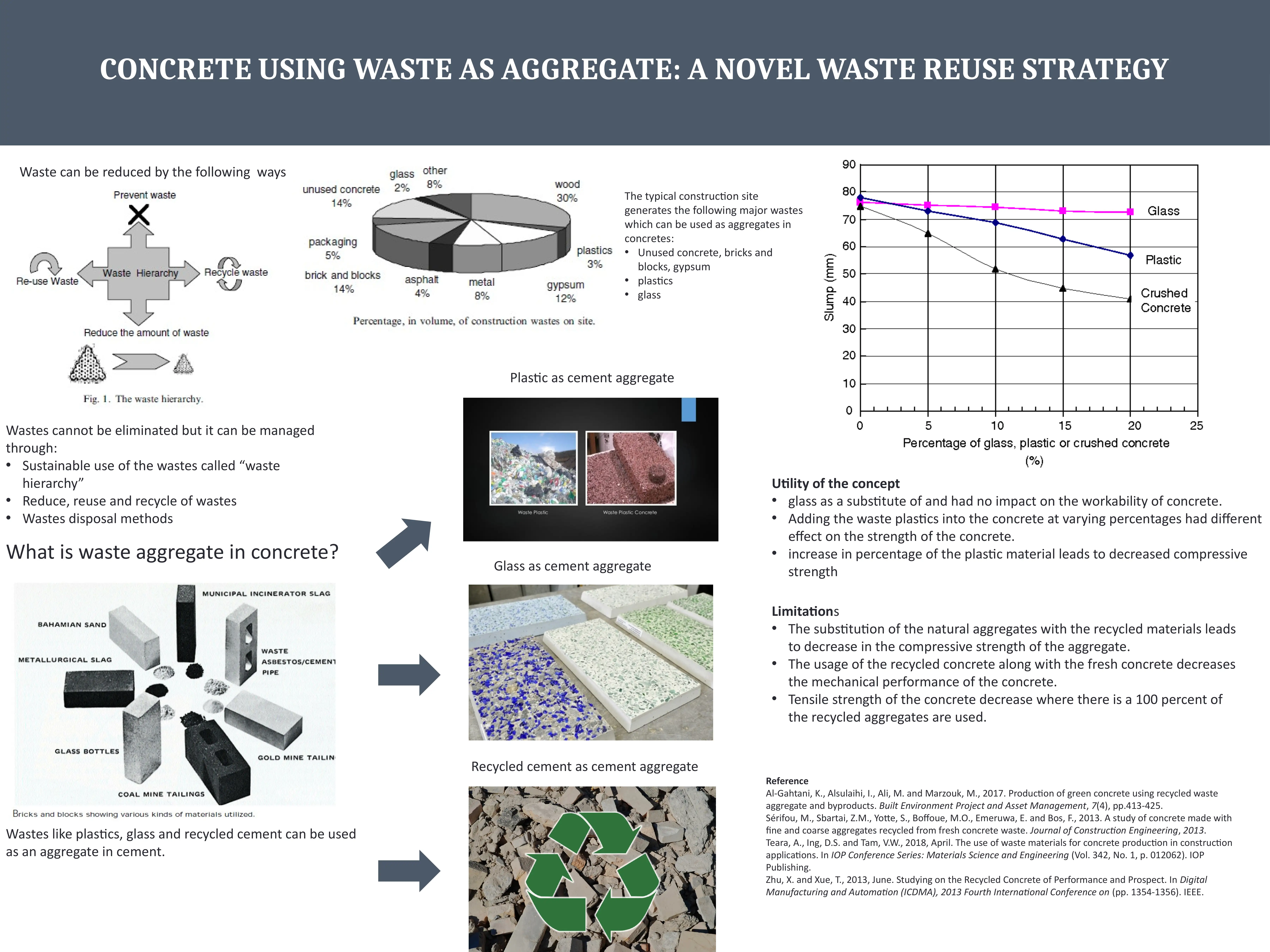SRT750 Sustainable Futures - T2/2018: Concrete Waste Aggregate Report
VerifiedAdded on 2023/06/09
|1
|430
|458
Report
AI Summary
This report examines the concept of utilizing waste materials, such as unused concrete, bricks, blocks, gypsum, plastics, and glass, as aggregates in concrete. It explores the waste hierarchy of reduce, reuse, and recycle, emphasizing the sustainable use of these wastes. The report discusses the utility of glass and plastic as cement aggregates, highlighting their impact on workability and strength. It also addresses the limitations of this approach, such as potential decreases in compressive and tensile strength when recycled materials are used. The report references several studies that support the feasibility and challenges of employing waste aggregates in concrete, providing a comprehensive overview of this innovative waste reuse strategy for sustainable construction.






![[object Object]](/_next/static/media/star-bottom.7253800d.svg)